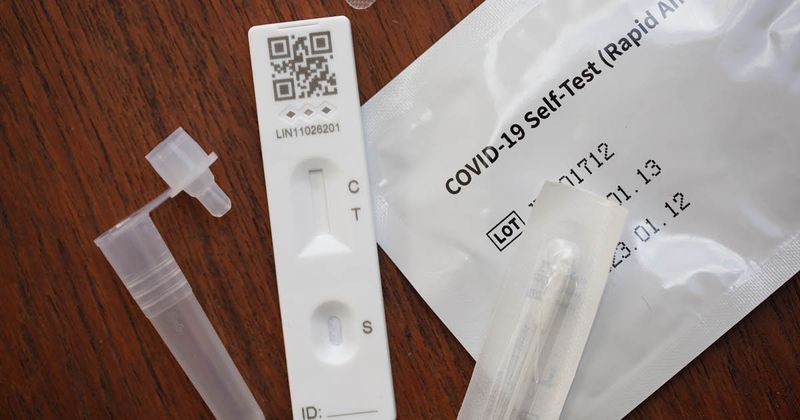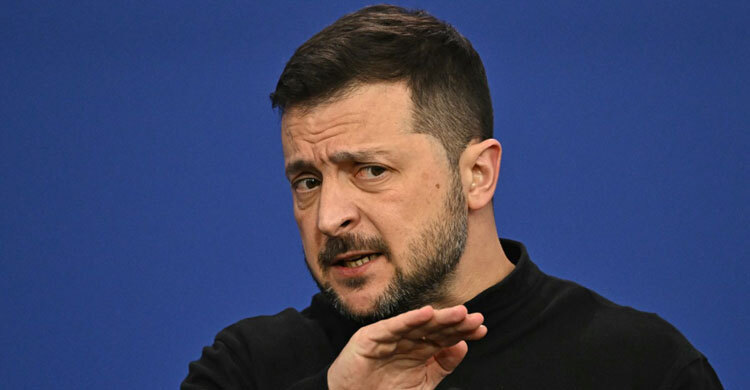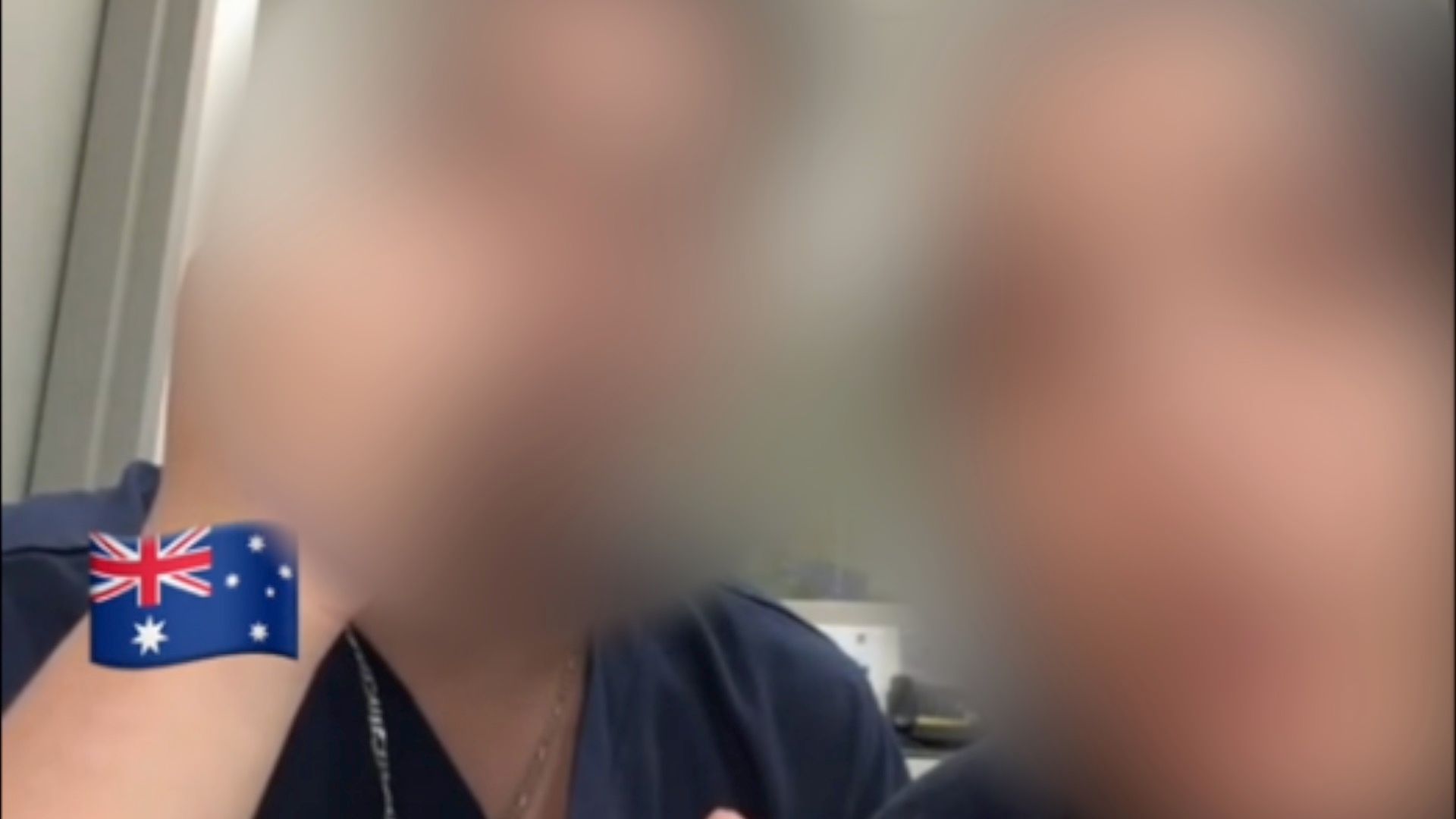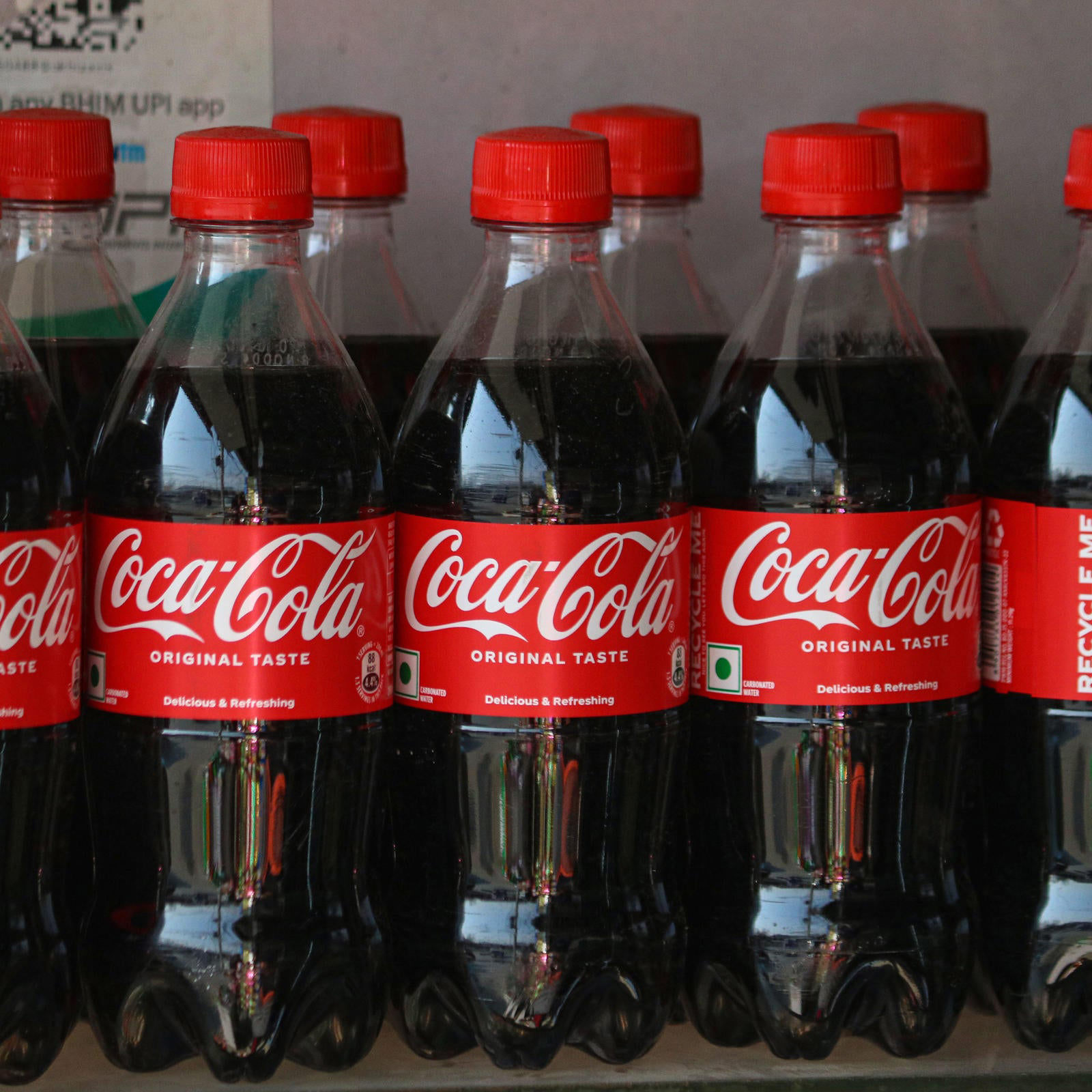News
U.S. Government to Resume Free At-Home COVID-19 Test Distribution in Late September

In response to a recent uptick in COVID-19 cases, the Biden administration announced on Friday that it will once again provide free at-home COVID-19 tests to American households starting in late September. This initiative comes as the virus has been gaining a stronger foothold across the U.S. during the summer months.
Americans will be able to request up to four free tests through the government’s website, COVIDtests.gov, according to administration officials who briefed reporters. These tests are designed to detect the currently circulating COVID-19 variants, most of which are descendants of the highly contagious Omicron variant, specifically JN.1.
Dawn O’Connell, Assistant Secretary for Preparedness and Response at the Department of Health and Human Services, emphasized the importance of these tests in keeping families safe during the fall and winter seasons. “This is the seventh time over the last three years that the Biden-Harris administration has given families the opportunity to order the over-the-counter Covid-19 tests for free,” she said.
Since the program’s inception in 2021, the government has distributed more than 1.8 billion free over-the-counter COVID-19 tests to Americans. The decision to relaunch the program comes as the U.S. experiences a significant spike in COVID-19 cases, particularly ahead of the fall and winter seasons when the virus tends to spread more rapidly. Data from the Centers for Disease Control and Prevention (CDC) indicates that there is a “high” or “very high” level of COVID-19 being detected in wastewater across almost every U.S. state.
David Boucher, Director of Infectious Disease Preparedness and Response at HHS, explained that the timing of the program’s relaunch is strategic. “As people start to travel, as they start to get together with friends and family through the holidays, we want them to have those four tests available to them at that time,” he said.
Additionally, by late September, the latest round of COVID-19 vaccines from Pfizer and Moderna will be available at pharmacies, health clinics, and other locations nationwide. These updated vaccines target a JN.1 offshoot called KP.2 and were approved by the Food and Drug Administration (FDA) on Thursday.
News
Ukraine and US Reach Minerals Agreement Amid Ongoing War

Ukraine has confirmed an agreement with the United States on a minerals deal, calling it a “positive outcome” with “good amendments,” though officials have yet to disclose further details.
Media reports suggest that Washington has dropped an initial demand for a $500 billion share in potential revenue from Ukraine’s natural resources. However, the deal does not appear to include the firm security guarantees that Kyiv had sought.
US President Donald Trump announced that Ukrainian President Volodymyr Zelensky is expected to travel to Washington this week to finalize the agreement. The development follows a series of tense exchanges between the two leaders.
While Trump did not explicitly confirm the deal’s finalization, he stated that in return, Ukraine would get “the right to fight on.” Acknowledging Ukraine’s resilience, he added, “Without the United States and its money and its military equipment, this war would have been over in a very short period of time.”
When asked whether US military support for Ukraine would continue, Trump indicated that assistance might persist “until we have a deal with Russia,” stressing the need for a negotiated settlement to end the conflict. He also suggested that any future peace deal would require “some form of peacekeeping” acceptable to all parties involved.
Ukraine possesses vast deposits of critical minerals such as lithium and titanium, alongside substantial reserves of coal, gas, oil, and uranium—resources valued in the billions. Trump has framed the agreement as one that will allow the US to recoup more than it has spent on supporting Ukraine. However, final details of the deal reportedly remain under negotiation.
News
Australian Nurses Suspended Over Antisemitic Video Amid National Crackdown on Hate Speech

Two Australian nurses have been suspended after a video surfaced showing them making violent antisemitic remarks, including threats to harm Israeli patients. The incident, which allegedly took place at a hospital in Sydney, has sparked outrage and is now under police investigation.
New South Wales (NSW) Health Minister Ryan Park confirmed that the two individuals had been stood down immediately and would never work in the state’s healthcare system again. Authorities are conducting a thorough review of hospital records to ensure no patients were harmed, though a rapid preliminary check found nothing unusual.
Australian Prime Minister Anthony Albanese condemned the video as “sickening and shameful,” emphasizing that antisemitism has no place in Australia. His comments come just days after the country passed stricter hate crime laws in response to a surge in antisemitic incidents.
The video, shared online by Israeli content creator Max Veifer, appears to have been recorded in a hospital setting. In the footage, a man claiming to be a doctor tells Veifer he has “beautiful eyes” but adds, “I’m sorry you’re Israeli,” before making a throat-slitting gesture and stating he sends Israelis to “Jahannam” (an Islamic concept of hell). A woman later appears on screen, saying she refuses to treat Israelis and will “kill them” instead.
Despite the video being edited with emojis and censoring certain comments, authorities have not questioned its authenticity. NSW Police stated they have identified the individuals involved and are investigating whether criminal charges should be pursued.
Albanese vowed that anyone found guilty of committing hate crimes will “face the full force of our laws.” Park echoed this sentiment, apologizing to the Jewish community and reassuring them that NSW hospitals remain committed to providing “first-class” healthcare to all patients, regardless of background.
News
Coca-Cola May Increase Plastic Bottle Use Due to Trump’s Aluminium Tariffs

Coca-Cola has warned that it may have to increase the use of plastic bottles in the U.S. if President Donald Trump’s new tariffs make aluminium cans too expensive. The announcement was made by Coca-Cola CEO James Quincey during a call with investors.
Trump’s recent order imposes a 25% import tax on all steel and aluminium entering the U.S., a move expected to raise costs for canned food and beverage manufacturers. Quincey acknowledged that Coca-Cola could shift more emphasis to PET plastic bottles to manage affordability.
“If aluminium cans become more expensive, we can put more emphasis on PET bottles,” he said, while noting that packaging costs are only a small fraction of the company’s overall expenses.
This shift comes shortly after Coca-Cola scaled back its sustainability goal of using 50% recycled materials in its packaging by 2030, adjusting the target to 35-40% by 2035. The beverage giant has been under pressure from environmental groups, which have labeled it the world’s “top global plastic polluter” for six years in a row.
Aluminium cans, despite being pricier, are far more recyclable than plastic bottles. The U.S. imports nearly half of its aluminium, according to the United States Geological Survey, making the tariffs a significant factor in production costs. Unlike in 2018, when some can-makers received exemptions from similar tariffs, Trump has now ruled out any exceptions for products or countries.
In a separate move, Trump also signed an executive order rolling back efforts to replace plastic straws with paper alternatives in government facilities—undoing a policy introduced by former President Joe Biden, who had called plastic pollution a “crisis.”
















